Your cart is currently empty!
The 4 Male Queens of Chinese Opera

When the modern world applaud ourselves for our inclusivity with greater gender fluidity and more mainstream acceptance of drag, it might be interesting to note that many cultures in history including the Chinese had always had gender fluidity and great appreciation and acceptance of drag without all the resistance and drama. Well, maybe a lot of drama, literally.
As with every time-period, lists are always popular (including with search engines apparently!). So we’re going to look at the F4 of Peking Opera, also known as the 4 male queens* (nan dan) of Chinese Opera.
*I use the term queen instead of the actual translation of dan which means female character in Chinese opera because that’s quite a mouthful
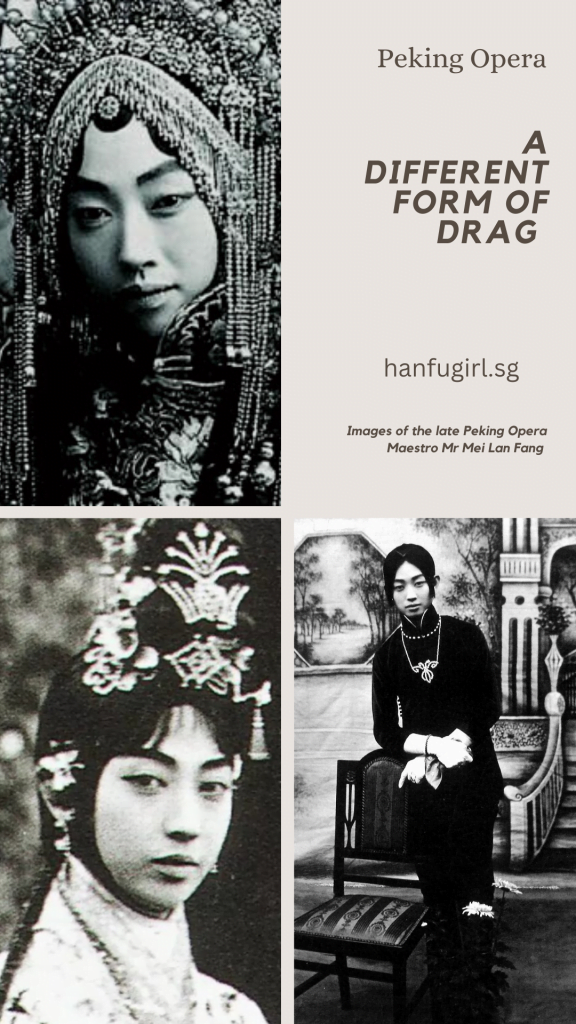
GENESIS OF MALE-ONLY OPERA TROUPES
In the 15th century or so, the performance troupes were divided into all-male or all-female troupes because it was seen as improper for men and women to share the same performance stage, and to act out the romantic relationships in the stories. It was a dark period where traditional values of propriety were taken out of their original contexts and became extremely oppressive.
Overtime, the richer people would keep their own private troupes and we saw in the Dream of the Red Chamber where the private troupe was an all-female cast, while the public/commercial troupes were all-male cast.
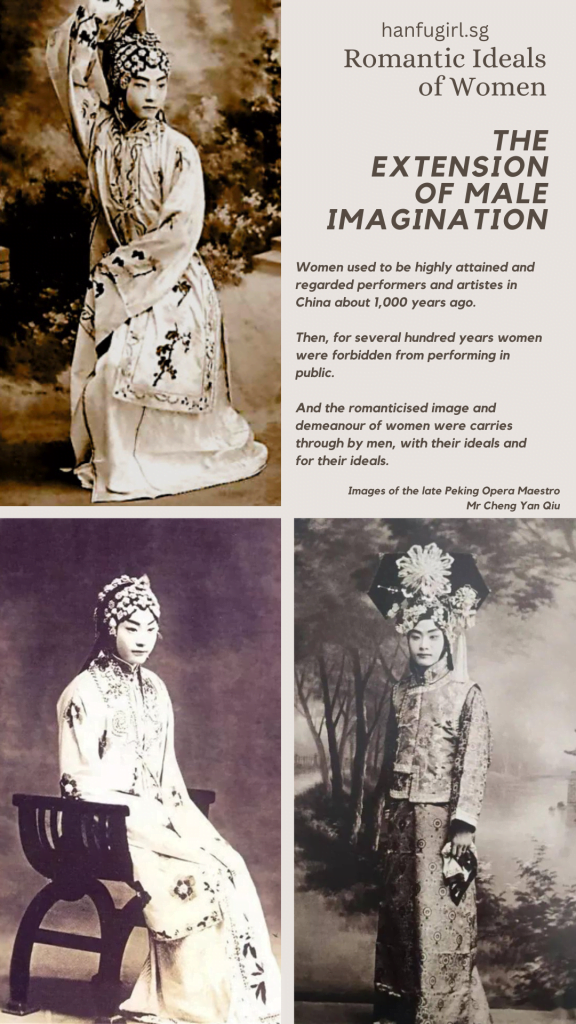
By the Qing dynasty in the 17th century, private troupes owned by individual households were on a decline and eventually such troupes became commercially run. Partly due to the ban in 1679 by the emperor for women to perform in public as many performers were also engaged in prostitution. And also partly due to the nature of the job with the troupes having to be on the road all the time, and having a really rigorous performing lifestyle which is incompatible with the traditional expectation and role of women, women were weeded out by their circumstances from this industry.

By the end of the 1800s, female-only troupes started to re-emerge (probably due to the weakening of central power).
Interestingly, most of the fans of the male-only troupes were men, and the female-only troupes were women. Perhaps only men know what is their ideal femininity, and only men could express or attain that idea since it was largely a product of male gaze.
Of course, a lot of hard work has to go into perfecting this ideal. The audiences were actually very keenly aware of their biological gender, and the greater their contrast between the performers’ natural selves off-stage and his femininity on-stage, the more impressive.
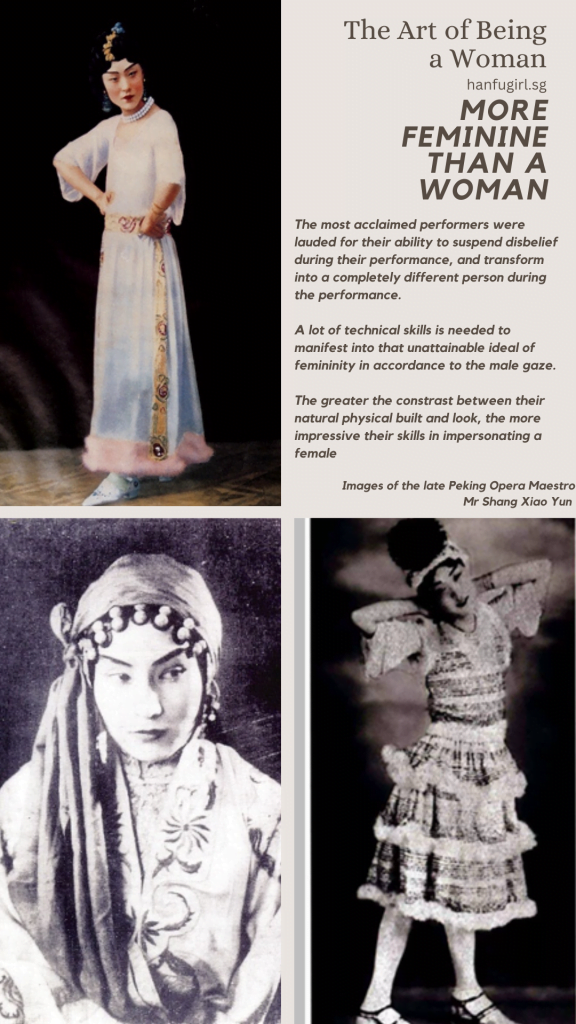
If you have watched the iconic Chinese film “Farewell my Concubine”, directed by Chen Kai Ge and starred by the late Leslie Cheung, Gong Li and Zhang Fengyi, you might be interested to know that many of the content were based on the actual stories of these 4 male-queens with all the torture they endured during their apprenticeship, and their encounters throughout history such as the Sino-Japanese war and the Cultural Revolution.
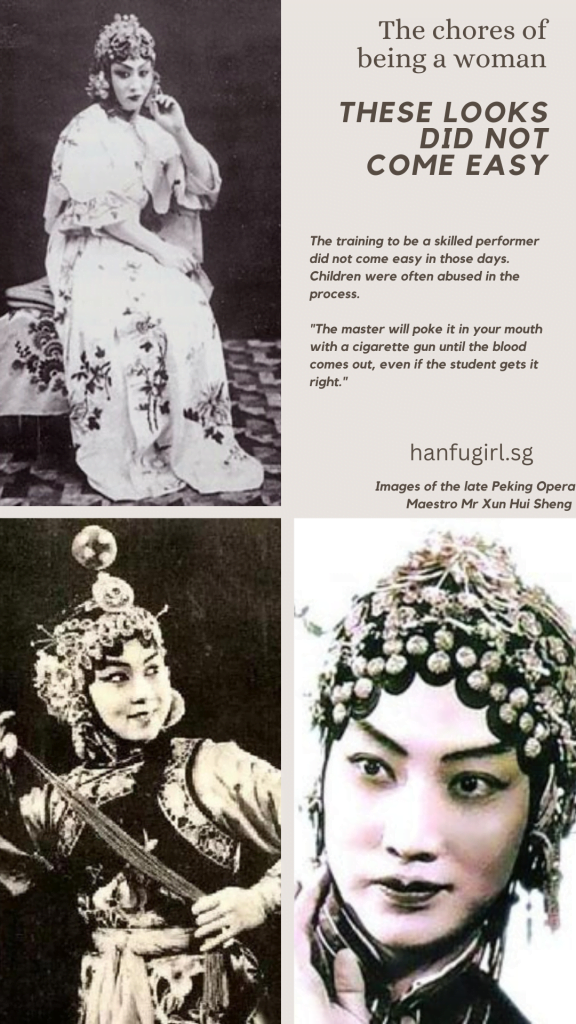
I’ll do a quick summary below, and you can go and watch the film (again) hereafter if you like, and be traumatised like me.
THE FANTASTIC FOURS
Mr Mei Lan Fang

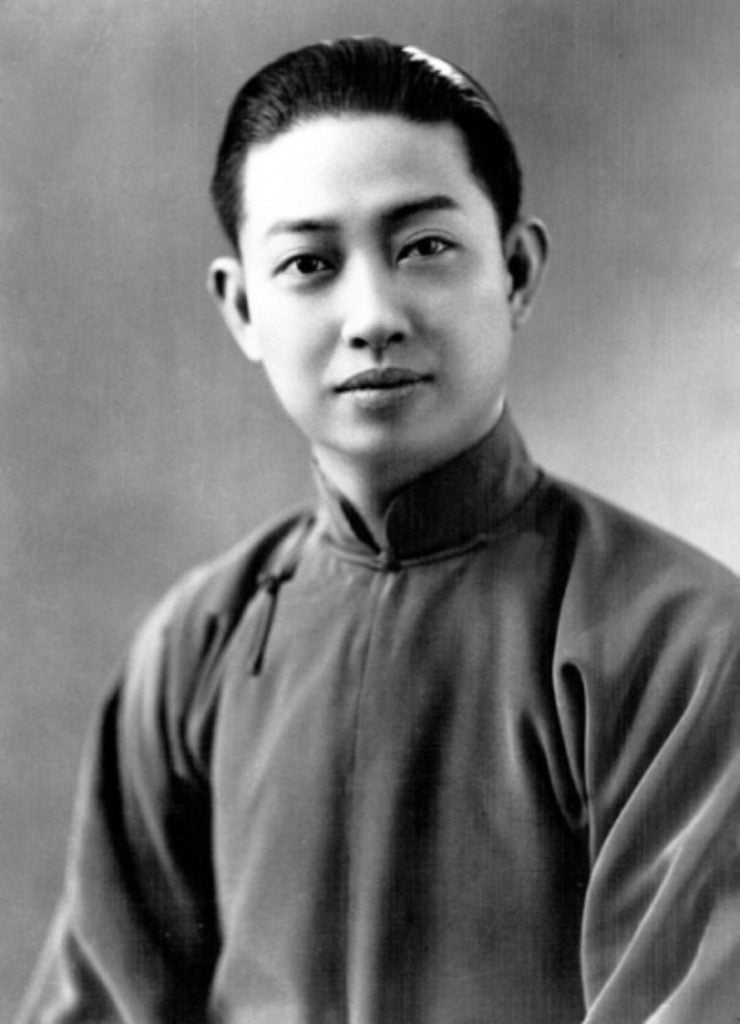
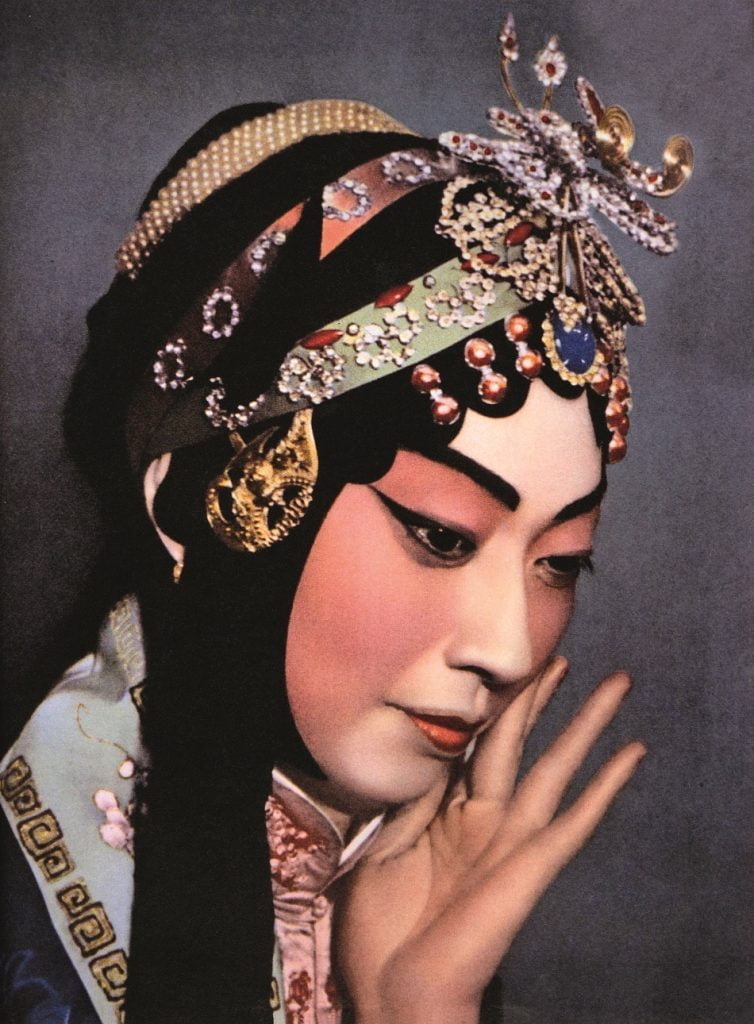
The most well-known Nan Dan (male queen) internationally and domestically has got to be Mr Mei Lan Fang who got really famous in the 1910s.
There was a saying on the streets of Shanghai, “If you’re looking for a wife, get one who is like Mei Lan Fang”.
From the photos below of him cross dressing, you can tell that he must’ve been quite a goddess and an icon of femininity in the society back then.
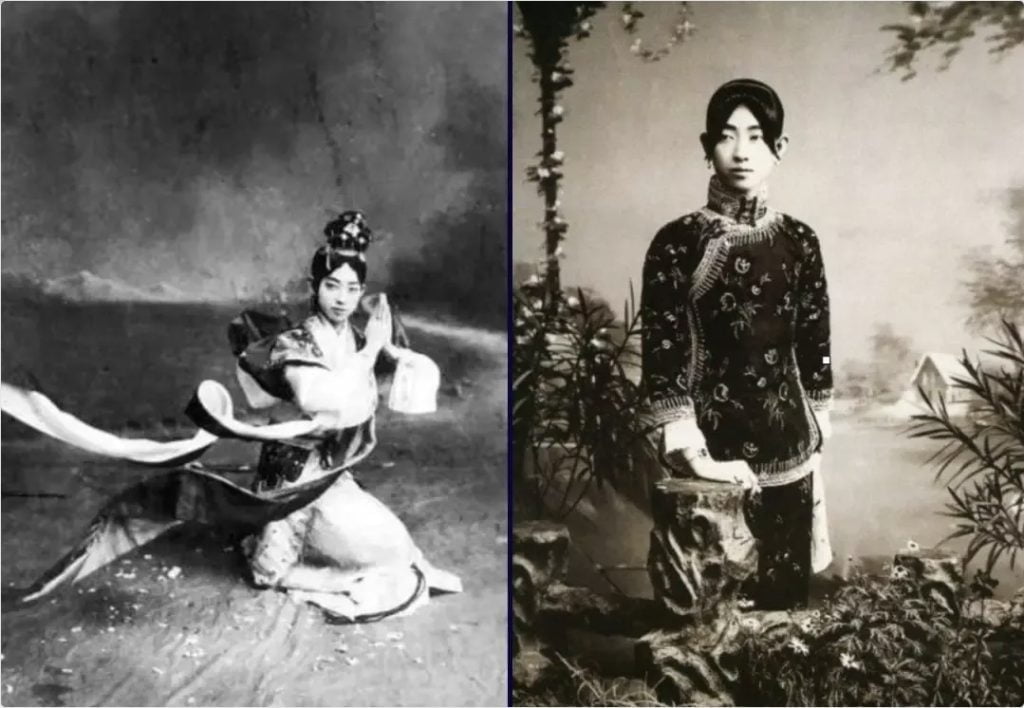
Mei Lan Fang was exceptionally favoured by the Japanese and was invited by the Imperial Theatre in Tokyo to perform there in 1919. And he displayed great patriotism during the Sino-Japanese war by refusing to perform for the Japanese in China. Yes, if you remember, the movie Farewell, my Concubine has a scene like this too!
Of course, being internationally famous meant that he toured in many countries besides Japan, he also went to the US, and USSR in the 1920s and 1930s. There’s even an English book published by Benjamin March on the hand gestures of Mei.
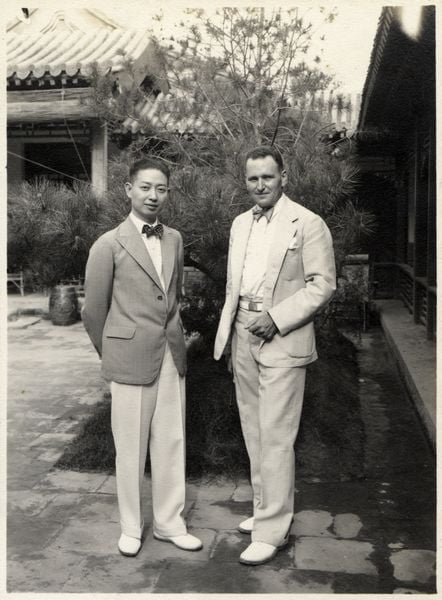
He lead a fulfilling life, one of the fortunate few who did not get persecuted during the notorious Cultural Revolution and passed away at 67 years old of heart-related condition due to overworking.
Mr Cheng Yan Qiu
Most of the other famous nandan were born with a smaller frame around 1.7m tall. But Mr Cheng Yan Qiu is a whopping 1.8m tall! which would’ve made him quite an eyesore on stage especially when standing as a female character next to a male who would’ve been much shorter than him.

But he has a special trick.
He bends his knees throughout the entire performance which is hours long! And he does all his tricks including the tiny footsteps across the stage that gives the illusion of one floating across without even seeing much of the feet.
See the half squat in the sample image below, which made him look at least 20cm shorter, and super feminine. It is easy to do that for a photoshoot, but for an entire performance… that’s really hard work.

And the cutest part about him is… He really didn’t care about body image. In his 30s, he went to Europe for a study trip and came back two sizes larger and couldn’t be bothered to lose any weight:
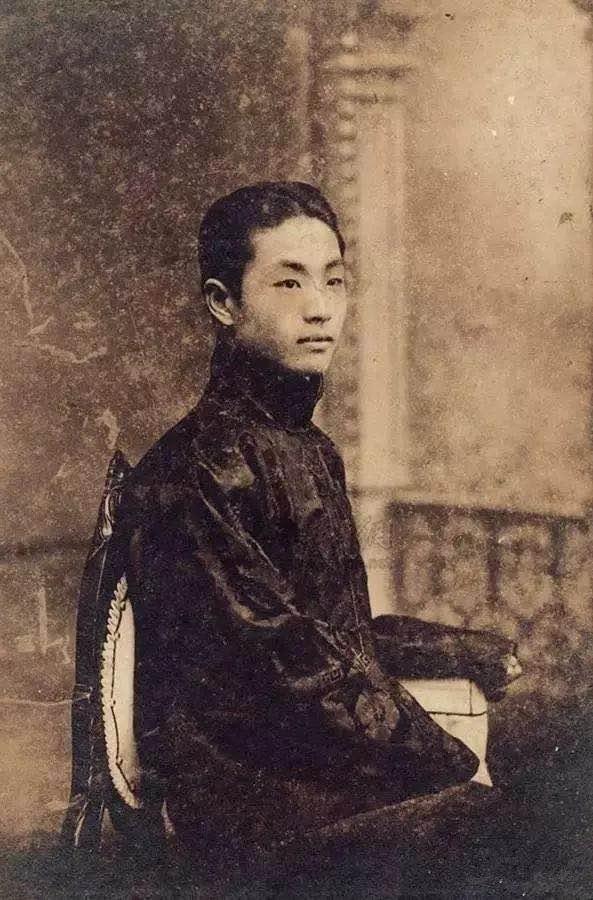

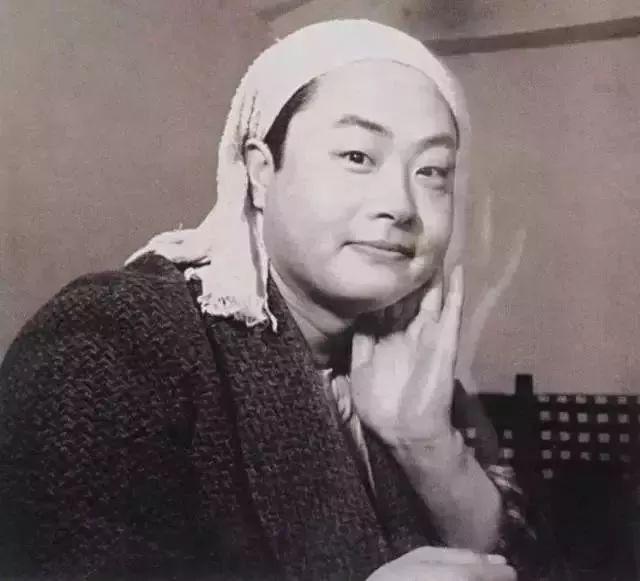
His greatest skill is probably that of suspending disbelief. He could transform himself into a small, feminine, and dainty woman just by his actions and demeanour on stage despite the reality of him physically looking quite the opposite.
There was another story where the audiences burst into laughter the moment he came on stage for one of the performances because he was supposed to be this dainty, thin, tormented and lovesick woman. But he was a lot larger than his counterpart who was supposed to be a wealthy king. But the moment he started singing and acting out the part, the entire audience went quiet. When he was entering a cave, it was as if his round and large statue had somehow shrank.
Mr Shang Xiao Yun
An extremely progressive and innovative nandan queen who included diverse cultural influences (yes he was multicultural and contemporary before we even thought about it) in his work, and made Peking opera really relevant to the modern society.
One of his most original plays the “Modern Gal” featured him as a modern girl of the time, with permed short hair, and the most fashionable wear of that period. A completely different type of Peking Opera dress up. He also included western melodies and instruments such as the violin as accompaniment. He even started dancing some western dance on stage as part of his Peking opera performance!
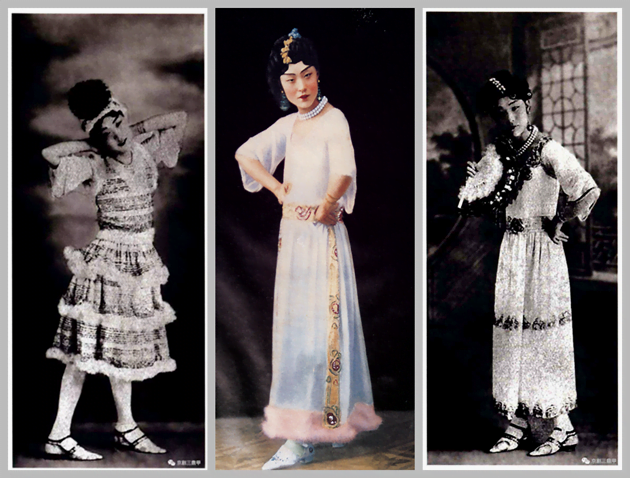
And because the story was set in ancient India, telling a love story with Buddhist themes, he also incorporated Indian movements and dressing for some parts.
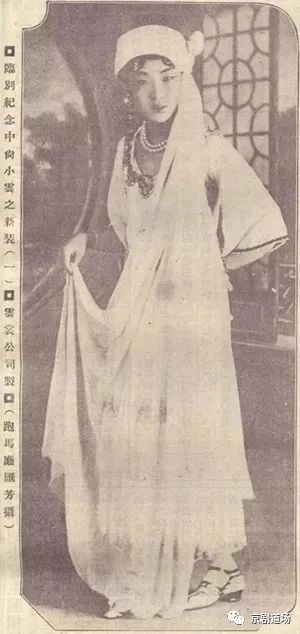
Surely someone this progressive wouldn’t be tolerated during the Cultural Revolution!
He was labelled a representative figure of the bourgeoisie art in the midst of the Cultural Revolution while still working on the communist propaganda-style peking opera.
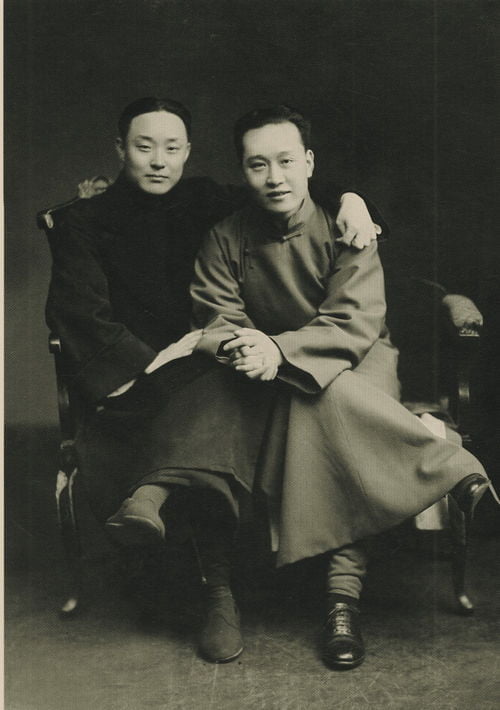
Both suffered great injust during the cultural revolution.
Like the scene from the Farewell, My Concubine. And as in the film, he was imprisoned and humiliated like a sinner and passed away of heart attack just when the Cultural Revolution was ending.
Mr Xun Hui Sheng
The childhood story of the Leslie Cheung character in Farewell, My Concubine is most likely based on the life story of Mr Xun Hui Sheng. It was probably also representative of 90% of the child-apprentices of that period (side note: I find Leslie Cheung eerily similar looking to him).
Most of them would’ve been sold into the troupe by their poor parents, and he was sold not once, but twice into two different troupes. The first time, his brother and him (both were sold into the troupe) were tortured so badly, that his brother ran away, so the troupe master brought them home and got his money back.
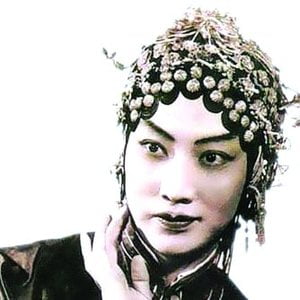
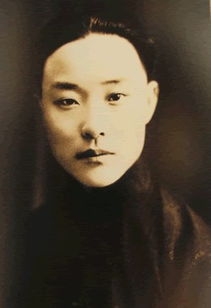
The second time he was sold to a troupe with the troupe master of an even notorious reputation for being harsh/cruel. In the agreement, his father had to sign off that in the 7 years of apprenticeship, if the child were to pass away for whatever reason, of suicide, or beaten to death, it has nothing to do with the troupe master.
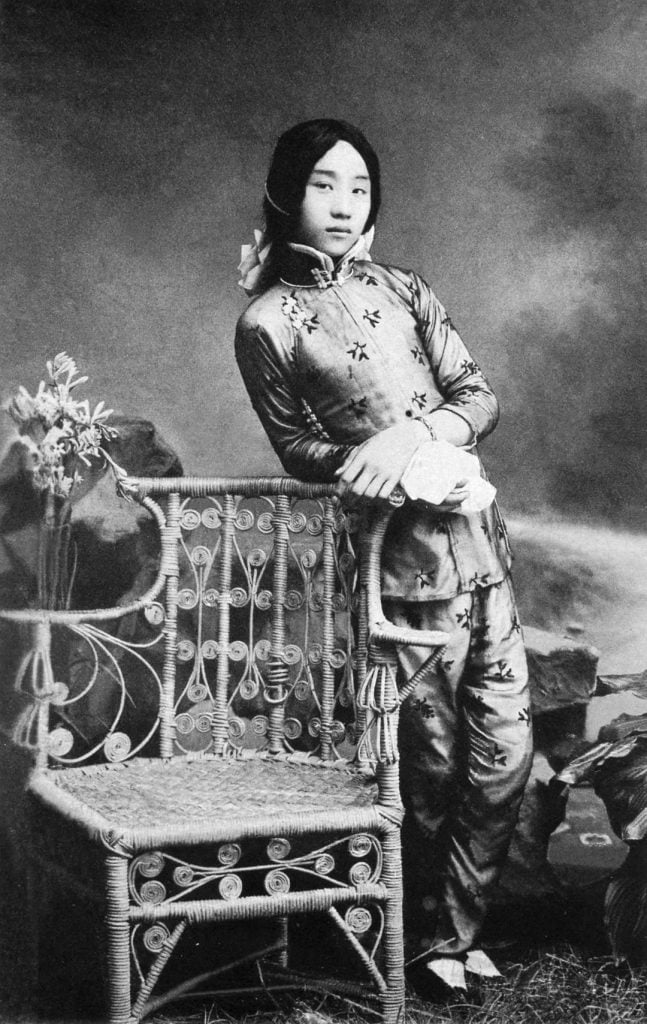
In his memoir, he also shared the various punishments that he received, even if he did not make any mistake. And these were all quite accurately portrayed and included into the Farewell, My Concubine such as the poking of the hot smoking pipe into his mouth until it bleeds, or the constant whipping, the suicide of the children who couldn’t take the torture, children beaten to their deaths etc.
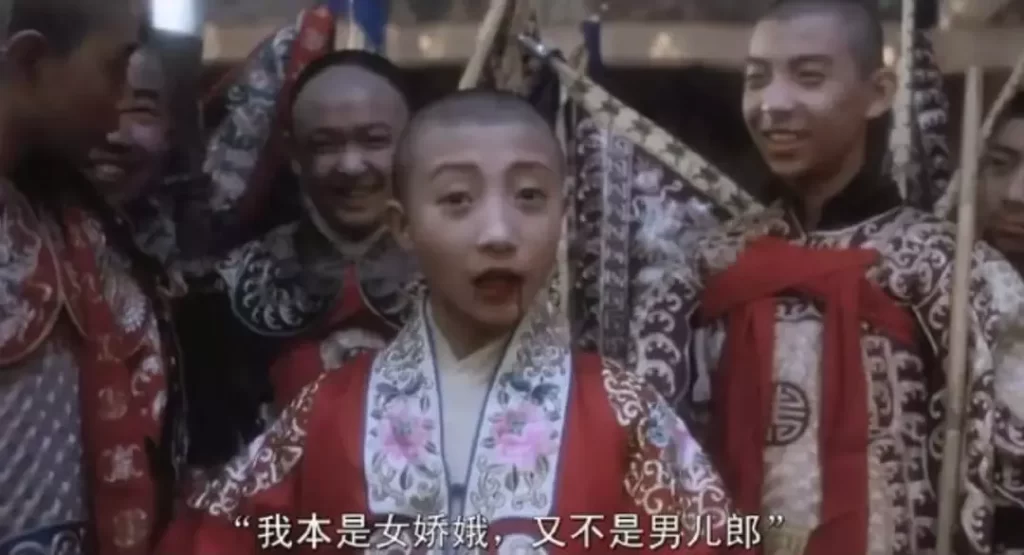
He also recorded some of the practices they went through to perfect their moves as a feminine character walking in the 3inch golden lotus shoes. There was a stiletto/ballet shoes/stilt looking type of shoes created just to imitate that look of the 3 inch lotus shoes, and they had to bind their feet on it and perform throughout the few hours. So it was essential that they are able to move swiftly and balance well on it. He had to walk on narrow brick-side, run, and even run on ice as part of his practice to balance himself on it. He also had to train his eyes to follow the movement of the smoke, so the muscles could move swiftly since eye movement and look is a large part of the performance.
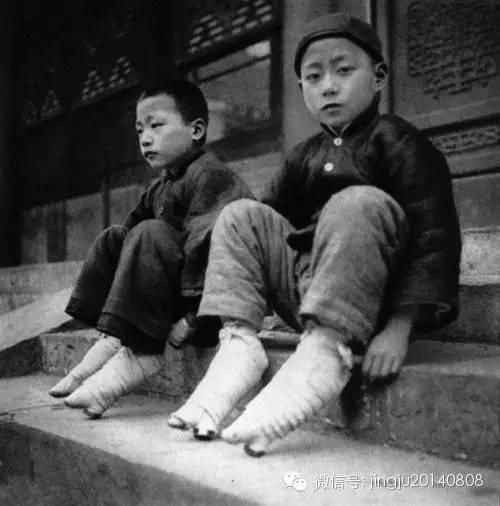
Eventually, he also did not survive the Cultural Revolution. He has probably one of the toughest lives of the four.
CONCLUDING REMARKS
Dressing up is always an art, and the art of becoming someone completely different when in character and outside of character takes even more skills and training.
The Peking Opera and many traditional artforms are dying art because it is too difficult for modern folks to undergo such trainings and it is also not highly regarded or profit-generating. I can’t help but feel a sense of great loss after writing this article because of how much effort these people have put into their work and how irrelevant it seems to us today.
It is also for this reason that for the upcoming Yaji, I’ve invited the first class/top tier Peking Opera performer from Beijing to conduct a special Masterclass workshop on how to be that perfect female in traditional Chinese opera.
If you are interested to go on a journey of transformation, and learning all the details and movements required to be convincing as that ultimate archetype of Chinese femininity, you might want to look out for that workshop coming soon on 29 Jan 2023.
Details for the upcoming Yaji will be out in a few weeks!
Meanwhile, you can also read a bit more about Chinese female archetypes in traditional literature from the Dream of the Red Chamber series, a Chinese classic.

Leave a Reply